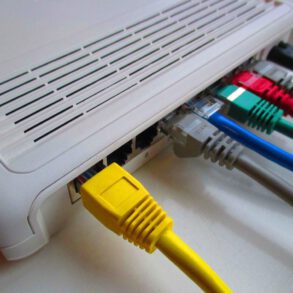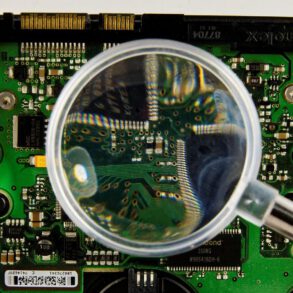The increased adoption of wireless sensors across industry is due, like most industrial technologies, to solid, practical reasons. Chief among these reasons is ease of implementation (no long cable runs), ability to operate in harsh environments, easy troubleshooting and repair, and high levels of performance.
If you’ve been following the adoption of wireless sensor networks in industry at any level, you’re bound to be aware of their prevalence in the oil and gas and water/wastewater industries—especially for use in tank farm and wellhead monitoring, where traditional wired communication is simply too costly when compared to wireless. Stories of wireless sensor successes in these applications abound. But what about other industry applications?
Robinson Brothers, a specialty chemical manufacturer in the West Midlands, U.K., has deployed a wireless transmitter on the steam main supplying its plant. The transmitter the company installed uses energy-harvesting technology to make remote temperature measurements without the need for a power supply connected to the transmitter. Powered by a micro-thermoelectric generator, which is driven by the temperature difference between the steam pipe and the ambient surroundings, and communicating with the plant’s control system via WirelessHART, the temperature sensor/transmitter operates without the need for power or communication cabling.
> Where the Wireless Networks Aren’t: There are some aspects of automation for which wireless sensor networks are not the best option. Click here for more information.
Wireless monitoring of the open/close status of gates and doors in large warehouses and outdoor storage and service areas has also grown tremendously. In one example, a Limitless switch has been installed on the entry gates of a storage yard used for train cars loaded with a variety of hazardous chemicals. The switch automatically communicates the status of the entry gates to the facility supervisor.
Lafarge Plasterboard, Bristol, U.K., is using ABB FieldKey wireless adapters to monitor critical field instruments from the plant control room. These adapters fit on existing 4-20mA HART devices to create a wireless means of communication with the devices. In this application, the adapters are used to: verify that the instruments are experiencing no system faults; check calibrations; and make fine-tuning adjustments. Like the Robinson Brothers example above, these adapters are energy harvesters and therefore require no external power or batteries. These FieldKey wireless adapters harvest the energy they need from the existing 4-20mA loop.
Fume hood doors in factories and research labs cannot be closed automatically due to safety concerns. In a step that can lead the way for numerous industry applications, a major university has recently installed a wireless sensor that sends out a notification if a fume door is left open. A wireless switch placed on fume hood doors communicates wirelessly to a receiver, which then sends status data through an existing wired Ethernet infrastructure to a local server. A server program then facilitates cloud access. A cloud message of individual fume hood status is communicated via email, text or smartphone app to notify someone to physically close the open hoods.




